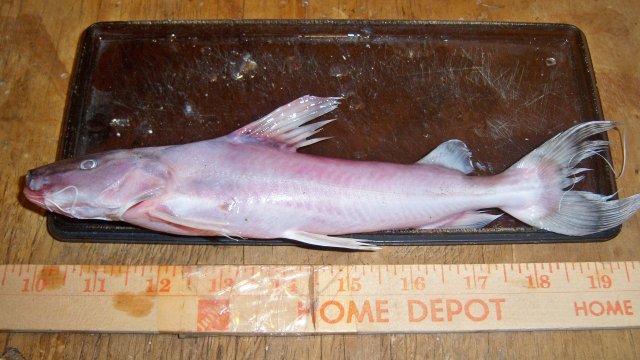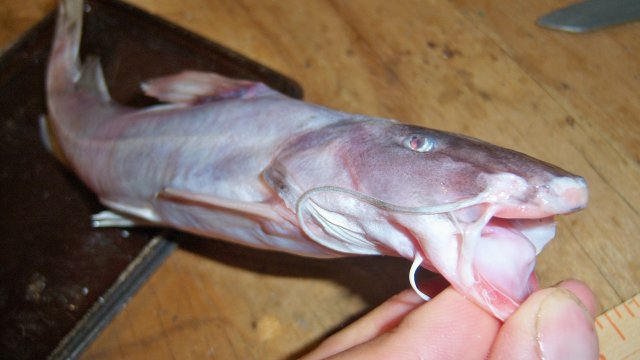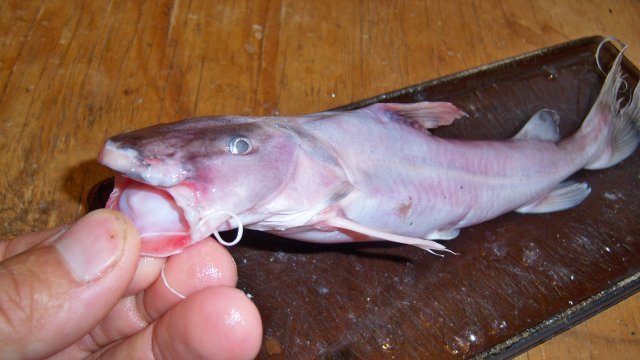I did not know it needed a response, I think you made a good account of yourself in response to my comment. I do not claim to know the answers, was just making a statement of opinion. I know that you know what you are doing and that means you can keep the parameters well under control.
My point is just how busy it looks to me.
Thanks, bro.
One of the reasons the tank looks busier than it is is that the tank is square 13'x13' but the depth perception is incorrect when looking at the tank - it seems 1.5x-2x narrower than it is. Hence, fish that seem to be close are in fact much farther from each other.
The point in my reply was that I shared in your concerns as well and while I think the tank system is likely functioning adequately, I would never ever refuse any help. I love learning and need to learn from everyone on here.
On my end, I'd not say I know all that what I'm doing. For instance, yes, the ammonia and nitrite are zero, as they should be, but I admit that I don't understand enough about what
 Oddball
Oddball
says about brown blood disease aka Methemoglobinemia.
http://www.aces.edu/dept/fisheries/aquaculture/documents/BrownBlood.pdf
http://www2.ca.uky.edu/wkrec/NitritePonds.pdf
Oddball says that even if the tests read zero, one needs sufficient volume of water for instant dilution to prevent the formation of methemoglobin (met + hemoglobin) from hemoglobin + nitrite.
It seems this problem, unless enough table salt is added to largely alleviate it, is unavoidable in (non-flow-through) aquaculture and in JDM-style fish tanks (so called Japanese Domestic Market tanks where there seems to be more fish than water in one's tank).
I don't know how to make sure I don't have this problem in my tanks. I don't think just perpetually having salt in my fish tank water is healthy for my fish in the long run. Hence, I simply rely on 1 cubic inch of fish per gallon of water rule of thumb to calm my conscience in the first approximation.
Hope this makes sense.
********************************************
https://www.addl.purdue.edu/newsletters/1998/spring/nitrate.shtml This small write-up states: "Nitrite levels should not exceed 0.10 mg/L in channel catfish or 0.50 mg/L in salmonids. The LC50 for the majority of freshwater fish ranges from 0.60 to 200 mg/L. Saltwater fish have a much higher tolerance for nitrites."
0.1 mg per liter = 0.1 ppm whilst our best home test kits such as liquid API tests have the lowest detectable level at 0.25 ppm.
I must note in other links I cite here it says that trout and other cool water fish are much more sensitive to nitrite, so I don't get this statement about salmonids above citing higher numbers.
************************************
http://www.aun.edu.eg/developmentvet/fish diseases/7_3.htm says: "Nitrite toxicity is affected by many factors including chloride level in the water, PH, fish size, previous exposure, nutritional status and dissolved oxygen level. Nitrite can become toxic to fish at concentrations as low as 0.5 mg/L (= ppm).
Nitrite, NO2, measured in parts per million (ppm), is the second chemical measurement (after ammonia) made to determine the "health" of the biological filter. Nitrite should not be detectable in a pond with a properly functioning biological filter. Thus the ideal and normal measurement of nitrite is zero.
At all times Levels of nitrite should be kept below 0.1 mg/L."







